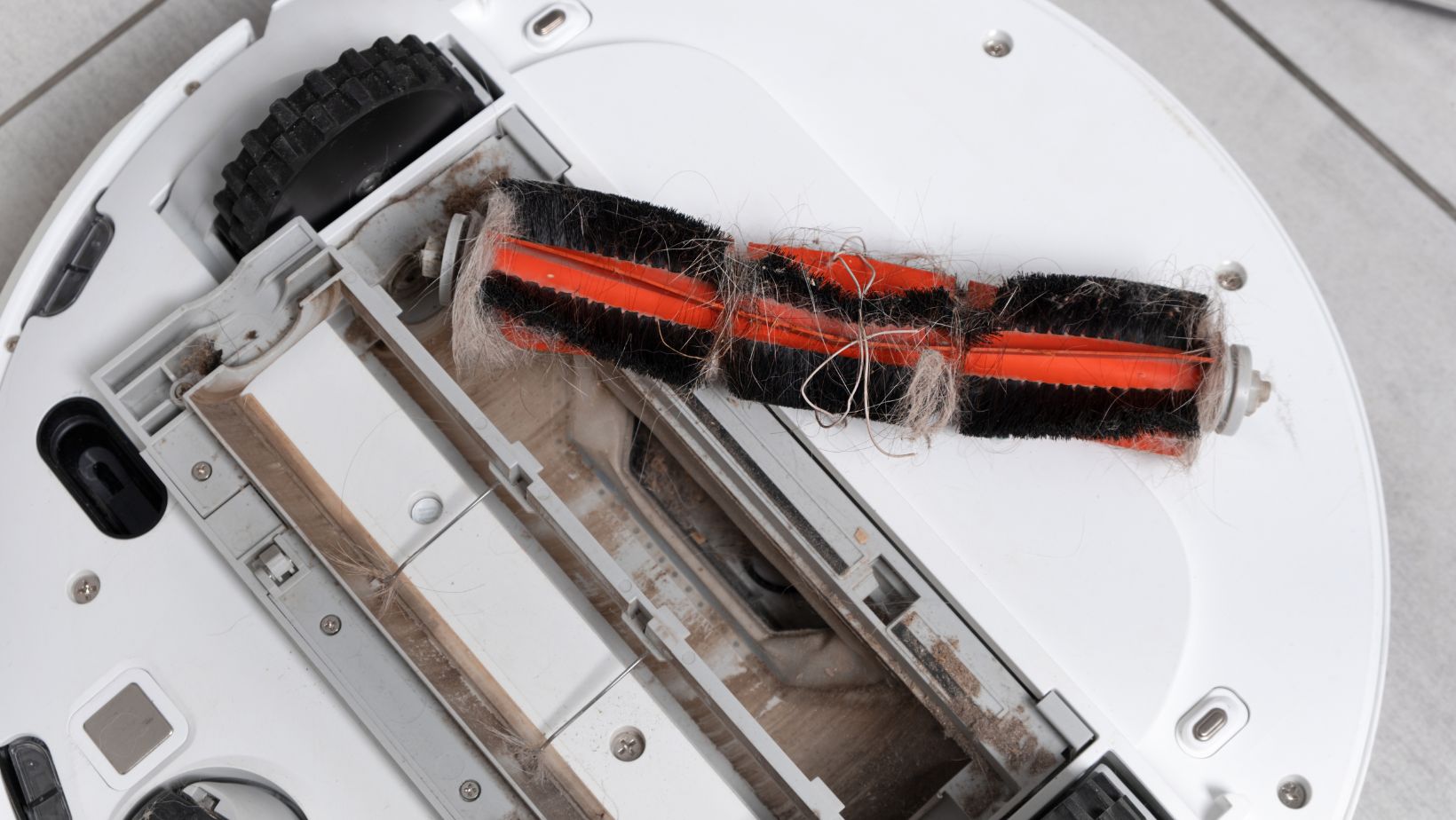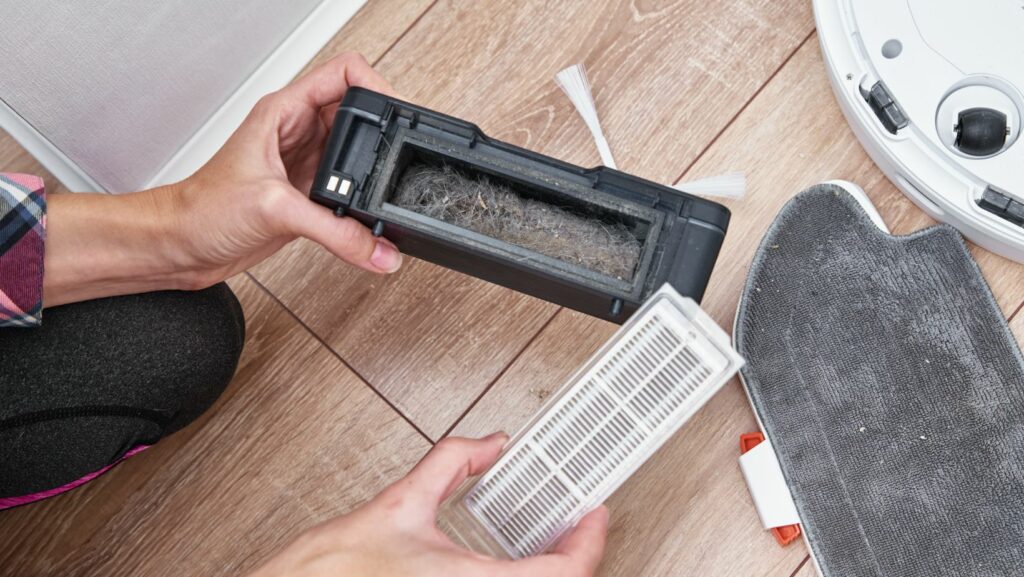Cleaning a vacuum may seem like a straightforward task, but it’s important to do it properly to maintain its performance and prolong its lifespan. In this article, I’ll share some expert tips on how to effectively clean your vacuum.
Firstly, before cleaning your vacuum, always ensure that it is unplugged from the power source. This is crucial for your safety and to prevent any potential damage to the machine.
Next, start by emptying the dust canister or replacing the bag if you have a bagged vacuum. Dispose of the collected debris in a trash bag or bin. Remember to check for any clogs or obstructions in the canister or bag compartment and remove them carefully using gloves or a brush.
Once you’ve emptied the canister or replaced the bag, it’s time to clean the filters. Most vacuums have multiple filters that need regular maintenance. Refer to your manufacturer’s instructions on how to remove and clean these filters properly. Depending on the type of filter, you may need to wash it with water or replace it altogether.

How to Clean A Vacuum
When it comes to keeping our homes clean and dust-free, having a reliable vacuum cleaner is essential. With so many options available on the market, it can be overwhelming to choose the right one. Here are some factors to consider when selecting a vacuum cleaner:
- Purpose: Determine what you will primarily use your vacuum cleaner for. Are you looking for something to tackle pet hair, deep clean carpets, or handle hard floors? Understanding your specific needs will help narrow down your options.
- Type: There are various types of vacuum cleaners available, including upright, canister, stick, and handheld models. Each has its own advantages and disadvantages. Consider which type would be most convenient and effective for your cleaning needs.
- Power and Performance: Look for a vacuum cleaner with sufficient suction power to effectively remove dirt and debris from different surfaces. Higher wattage or amperage generally indicates stronger suction capabilities.
- Filtration System: If you or someone in your household suffers from allergies or asthma, consider a vacuum cleaner with HEPA (High-Efficiency Particulate Air) filtration system. This filter captures tiny particles such as dust mites and pollen, improving indoor air quality.
- Bagged vs. Bagless: Decide whether you prefer a bagged or bagless vacuum cleaner. Bagged models tend to hold more dirt but require regular replacement of bags. Bagless models save money on bags but may require more frequent emptying of their dust containers.
- Maneuverability: Check if the vacuum cleaner has swivel steering or other features that make it easy to maneuver around furniture and into tight spaces.
- Noise Level: Some vacuums can be quite loud, while others operate quietly. If noise is a concern for you, look for models specifically designed with noise reduction technology.
- A good warranty provides peace of mind should any issues arise with your vacuum cleaner. Check the warranty duration and what it covers before making a purchase.

